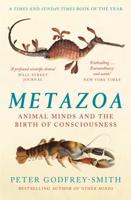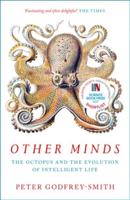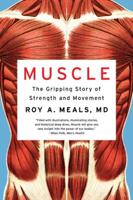Publisher's Synopsis
There are many different types of organisms in the world: they differ in size, physiology, appearance, and life history. The challenge for evolutionary biology is to explain how such diversity arises. The Evolution of Life Histories does this by showing that natural selection is the principal underlying force molding life history variation. The book describes in particular the ways in which variation can be analyzed and predicted. It covers both the genetic and optimization approaches to life history analysis and gives an overview of the general framework of life history theory and the mathematical tools by which predictions can be made and tested. Factors affecting the age schedule of birth and death and the costs of reproduction are discussed. The Evolution of Life Histories concentrates on those theoretical developments that have been tested experimentally. It will interest both students and professionals in evolution, evolutionary ecology, mathematical and theoretical biology, and zoology and entomology.










